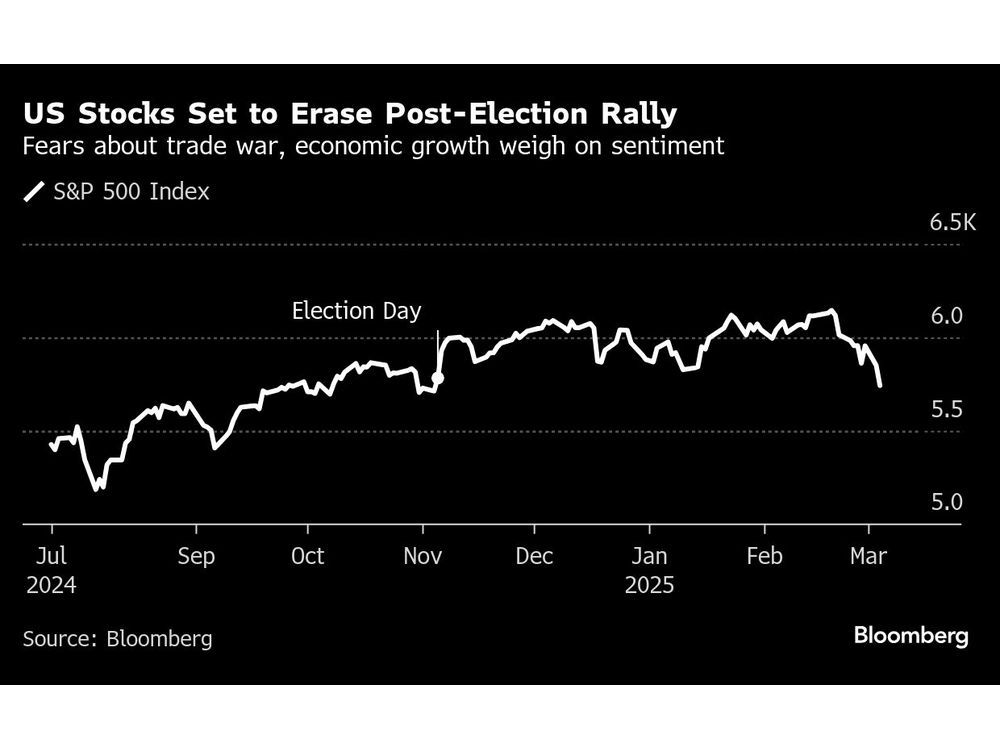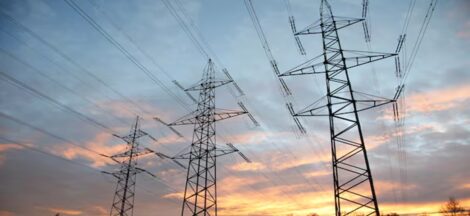NEW DELHI: Donald Trump’s reiteration on Tuesday that “reciprocal tariffs” on all US imports will take effect from April 2 might have put the Indian team led by commerce and industry minister Piyush Goyal that is currently in the US to hammer out a bilateral multi-sector trade pact on the back foot, trade experts here said. Trump’s remarks and his singling out of India for charging “auto tariffs higher than 100%” in his address to the joint session of the US Congress, have at once enhanced the negotiating room for the US, they said.
Meanwhile, Reuters reported that the US wants India to eliminate tariffs on car imports under the proposed trade deal. New Delhi is “reluctant to immediately bring down such duties to zero even as it considers further cuts,” it added, quoting unidentified sources.
“Reciprocal tariffs limits India’s options in doing the bilateral trade negotiations and gives the US an additional leverage to extract some additional benefits under the proposed trade pact ,” acting president and distinguished professor at Council for Social Development Biswajit Dhar said.
Trump’s comments came hours after the US imposed additional 25% import duties on all major imports from Canada and Mexico, and put an additional 10% tariff on China. While Canada and China retaliated immediately, the US commerce secretary Howard Lutnick later sought to deescalate the situation a bit by saying a deal was possible with both countries that would lead to lower tariffs “landing somewhere in the middle”.
“On average the European Union, China, Brazil, India, Mexico and Canada and countless other nations charge us tremendously higher tariffs than we charge them…(on) April 2 reciprocal tariffs (will) kick in and whatever they tariff us, we will tariff them,” Trump said in his first address to the Congress after assuming presidency for a second non-consecutive term.
If Trump’s threats are carried it, reciprocal tariffs would come at time when India prepares for negotiating the first tranche of the bilateral pact with the US. Goyal is slated to open a new channel of communication with the US’ newly appointed trade officials during the ongoing visit and a meeting with the US Trade Rrepresentatuve Jamieson Lee Greer is likely soon.
Trump also warned of retaliation against non-tariff barriers, and this too could hit India, which uses anti-dumping and safeguard duties to check influx of cheap imports and sudden surge in inward shipments respectively. “If they do non-monetary tariffs to keep us out of their market, then we will do non-monetary tariffs to keep them out of our market,” Trump said.
NTBs by definition include import policies, sanitary and phytosanitary measures, technical barriers to trade, export subsidies, a lack of intellectual property protection etc. A 2024 USTR report listed China, India, Indonesia, the Philippines, Taiwan and Thailand as having higher NTBs.
The reciprocal tariff plan was first announced by the US on February 13 but clarity is yet to emerge whether these will be imposed at the country or product level. A study by the US is in progress to determine the exact nature of tariff and non-tariff barriers that the US exports face in different countries, and it will be completed by April 1.
According to agency reports, India’s high auto tariffs will feature in formal talks for a bilateral trade deal that are yet to begin in Washington. Electric vehicle maker Tesla which is planning an India launch had noted cars imported into India face tariff as high as 110%. The EV giant last year shelved its plans to enter the world’s third-largest car market for a second time. The US ask is for India to bring tariffs down to zero or negligible in most sectors, except agriculture, according to Reuters, with the expectation on New Delhi eliminating auto tariffs being “clearer than any other”. The agency also said India was “listening to the U.S.” and had not pushed back.
Country-level reciprocity will put an additional import duty of 4.8% on Indian products over and above 2.8%. At the product level, the maximum hit will come in agriculture where the difference in tariffs is 38%, followed by around 10% on pharma and gems and jewellery, and 7% on electronics.
Except for China, Trump tariffs have been accompanied by an offer to negotiate. “What Trump has done has created as much negotiating leverage as possible with all countries including India,” global trade expert Abhijit Das said. While trade deal with the US has been discussed in the past too, India has not been very comfortable with the issues like intellectual property and government procurement that the US has tried to bring in the negotiations. “He (Trump) has put us on the back foot on reciprocal tariffs so he will extract whatever he can on other things,” Dhar added. India can face pressure in intellectual property around the pharma sector, cross border data flows etc., he said.
Das said that in the face of US action, India should also talk to other countries to see whether they can coordinate actions. He also suggested that though the developing countries cannot retaliate with tariffs, they can change their patent laws that allow for “product patents”. “The developing countries got to keep (relatively) high tariffs in lieu of tighter laws on patents, and if developed countries are not willing to keep their part of the bargain, then developing countries should also back off, he added.
Another expert in multilateral trade said that it is likely that the US may try and use the increased (reciprocal) tariffs as a starting point for US tariff reductions in the negotiations for bilateral trade deal. “That raises questions whether the BTA negotiations will fetch us any real market access gains in the US market while we will be pressured to reduce our current applied tariffs,” the person said, requesting anonymity.
“The situation therefore needs careful monitoring of how other countries are going to react. In any case we should be prepared with having a list of items for possible retaliation that should include sensitive items including agri items on which the US is likely to be asking for tariff reductions,” the person added.
While the reciprocal tariff plan puts India in a somewhat difficult position, especially considering that t Trump referred to India by name twice during his congress speech, New Delhi need not react at least for the present, the trade expert said. “It would be prudent for our negotiators to reach out to their counterparts in the USTR and get a sense of their ambition for the first tranche of the trade pact. If we can do this before April 2 it may give us a better idea of how to handle the situation as and when the reciprocal tariffs get applied.”
On average, India’s tariffs are 4.9% higher than US tariffs. US goods face a 7.7% weighted average tariff in India, while Indian exports to the US face only 2.8%. The gap varies by sector — 8.6% for chemicals and pharmaceuticals, 1.4% for textiles, 13.3% for diamonds and jewellery, 7.2% for electronics, and 23.1% for automobiles. “A larger gap makes certain sectors more vulnerable to reciprocal tariffs,” wrote trade expert Ajay Srivsatava. Apart from tariff differences, the US while calculating reciprocal tariffs, mught also consider non-tariff barriers and local taxes, he noted.
Of the top 11 countries with which the US runs a trade deficit, seven are from Asia, including China (1), Vietnam (3) and India (10). Mexico with more that 78 % of its exports being to the US, India (18%), Thailand (17%) and South Korea (16%) are more vulnerable to the US tariff threat.
Source: The Financial Express




 Á Complete Unknown’ Film Underplays Bob Dylan’s Early Phase Politics Under Guthrie
Á Complete Unknown’ Film Underplays Bob Dylan’s Early Phase Politics Under Guthrie 